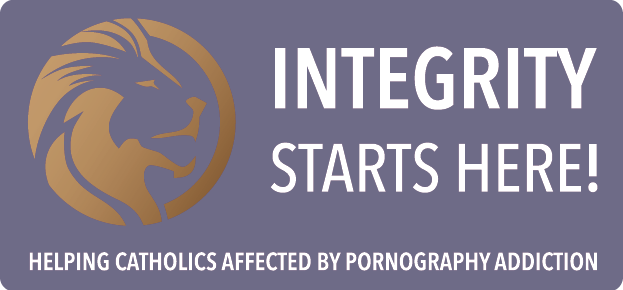The Path of Addiction
 The path of addiction has its roots in attachment and trauma wounds. From the minute we’re born we need to have a strong bond with our primary caregivers – our parents. This is where we come to feel loved, valued, safe, secure, affirmed, and validated. We call this a secure attachment. The child will internalize these good feelings and make them his own. Through this, the developing brain acquires the ability to handle difficult emotions and situations. Confidence develops so that as the child grows he is able to handle whatever challenges life throws at him. He is able to self-regulate his emotions in healthy ways.
The path of addiction has its roots in attachment and trauma wounds. From the minute we’re born we need to have a strong bond with our primary caregivers – our parents. This is where we come to feel loved, valued, safe, secure, affirmed, and validated. We call this a secure attachment. The child will internalize these good feelings and make them his own. Through this, the developing brain acquires the ability to handle difficult emotions and situations. Confidence develops so that as the child grows he is able to handle whatever challenges life throws at him. He is able to self-regulate his emotions in healthy ways.
But what if that parental bond doesn’t develop or it is damaged? The child is left feeling unlovable, weak, ashamed and vulnerable. We call this an insecure attachment. By internalizing these negative feelings, his brain will not be able to develop the ability to handle painful emotions and situations. The brain will always be on high-alert for danger. Thus, when faced with life’s challenges, the child will not be able to handle them in healthy and effective ways. This is unhealthy self-regulation. As he grows up, when challenges, struggles, and suffering come along, he may not feel he has what it takes to handle them effectively. Instead, he may look outside himself to cope.
This is where addictive behaviors emerge. He may turn to substances, such as drugs, alcohol, food, gambling, video games and/or pornography to cope. Such a person often comes to live his life by five unhealthy core beliefs:
- I am unworthy of being loved
- If people really knew me, they would reject me
- I can’t count on anyone, even God, to meet my needs
- I must find something that I can control to meet my needs
- (Addictive substance/behavior) is my greatest need and source of comfort
Traumatic emotional wounds within the family are often responsible for the lack of a healthy parental attachment and thus addictions. These include:
- Abuse (physical, emotional, verbal, sexual)
- Addictions
- Parental divorce
- Neglect
- Early death of a parent
- Poverty
- Chronic illness
- Weak spiritual life
- Shame
- Early and consistent exposure to pornography
Traumas that occur outside the family, where parents are not able to protect the child, can also contribute to attachment wounds. These include:
- Abuse (physical, emotional, verbal, sexual)
- Peer Rejection
- Body image wounds
- Perfectionism
- Grief
- Anger
- Shame
- Early and consistent exposure to pornography
Most people first encounter pornography in their early adolescent years. While they may know it is wrong, it’s still exciting, and being in puberty, they are naturally interested in learning about sex. However, for those with deep attachment wounds, a little voice deep down inside might say, “Hey, this is a great escape. This makes us forget all our problems. This eases the pain and makes us feel good. Let’s keep going back to this!” Because the effects of pornography are temporary, one must go back to it repeatedly to keep the pain at bay. This, combined with the physical effects of pornography on the brain, leads a person to become addicted to it.
The first step in recovery is asking for help. This is done by finding a qualified therapist who can work with you to develop an effective recovery program. I have worked with hundreds of people to overcome pornography use and addiction. I invite you to contact my office to schedule an appointment.
The healing process can begin today! Click here to contact me.


